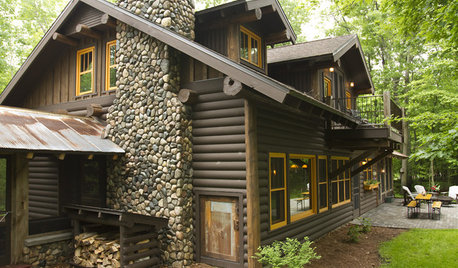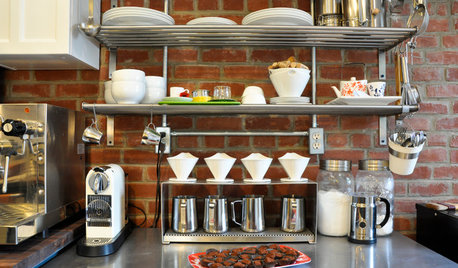Got my soil test back today.
owiebrain
13 years ago
Related Stories

GARDENING GUIDESHow to Stop Worrying and Start Loving Clay Soil
Clay has many more benefits than you might imagine
Full Story
GARDENING GUIDESGrow a Beautiful Garden in Alkaline Soil
Got alkaline soil? Learn how to manage it and the many beautiful plants that will thrive in this ‘sweet’ soil
Full Story
FARM YOUR YARDHow to Get Good Soil for Your Edible Garden
The nutrients in your soil feed the plants that feed you. Here are tips on getting it right — just in time for planting season
Full Story
GARDENING GUIDESGardening Solutions for Heavy Clay Soils
What’s a gardener to do with soil that’s easily compacted and has poor drainage? Find out here
Full Story
GARDENING GUIDESGreat Design Plant: Try Blue Bells for Blooms in Dry Soil
This shrub’s violet-blue flowers and silvery foliage brighten low-water gardens all year long
Full Story
ARCHITECTUREStyle 101: The Birthplace of Today's Rustic Look
A look back to the beginning of cabin and lodge design can help you decide on a rustic look for your home today
Full Story
HOUSEKEEPINGGot a Disastrously Messy Area? Try Triage
Get your priorities straight when it comes to housekeeping by applying an emergency response system
Full Story
DECLUTTERING10 Types of Clutter to Toss Today
Clear the decks and give the heave-ho to these unneeded items
Full Story
MIDCENTURY STYLEHow to Get Midcentury Modern Style Today
Use the building blocks of midcentury modern design to create a new version for your own life and style
Full Story
KITCHEN DESIGNSweet Ideas and a Truffle Recipe from a Chocolatier's Test Kitchen
A $2,100 budget didn't mean a half-baked kitchen redo; this confectioner just rolled up her sleeves and rolled out the improvements
Full Story


slowpoke_gardener
PunkinHeadJones
Related Discussions
Got my soil test back... the power of mulch!
Q
The results are in...
Q
Got back soil test today
Q
I Got My Soil Test Results Back. What Do the Numbers Mean?
Q
owiebrainOriginal Author
Okiedawn OK Zone 7
soonergrandmom
Okiedawn OK Zone 7
elkwc
owiebrainOriginal Author
p_mac
Okiedawn OK Zone 7
owiebrainOriginal Author
elkwc
owiebrainOriginal Author
slowpoke_gardener
boomer_sooner
owiebrainOriginal Author
slowpoke_gardener
owiebrainOriginal Author
biradarcm
slowpoke_gardener
biradarcm
slowpoke_gardener
owiebrainOriginal Author